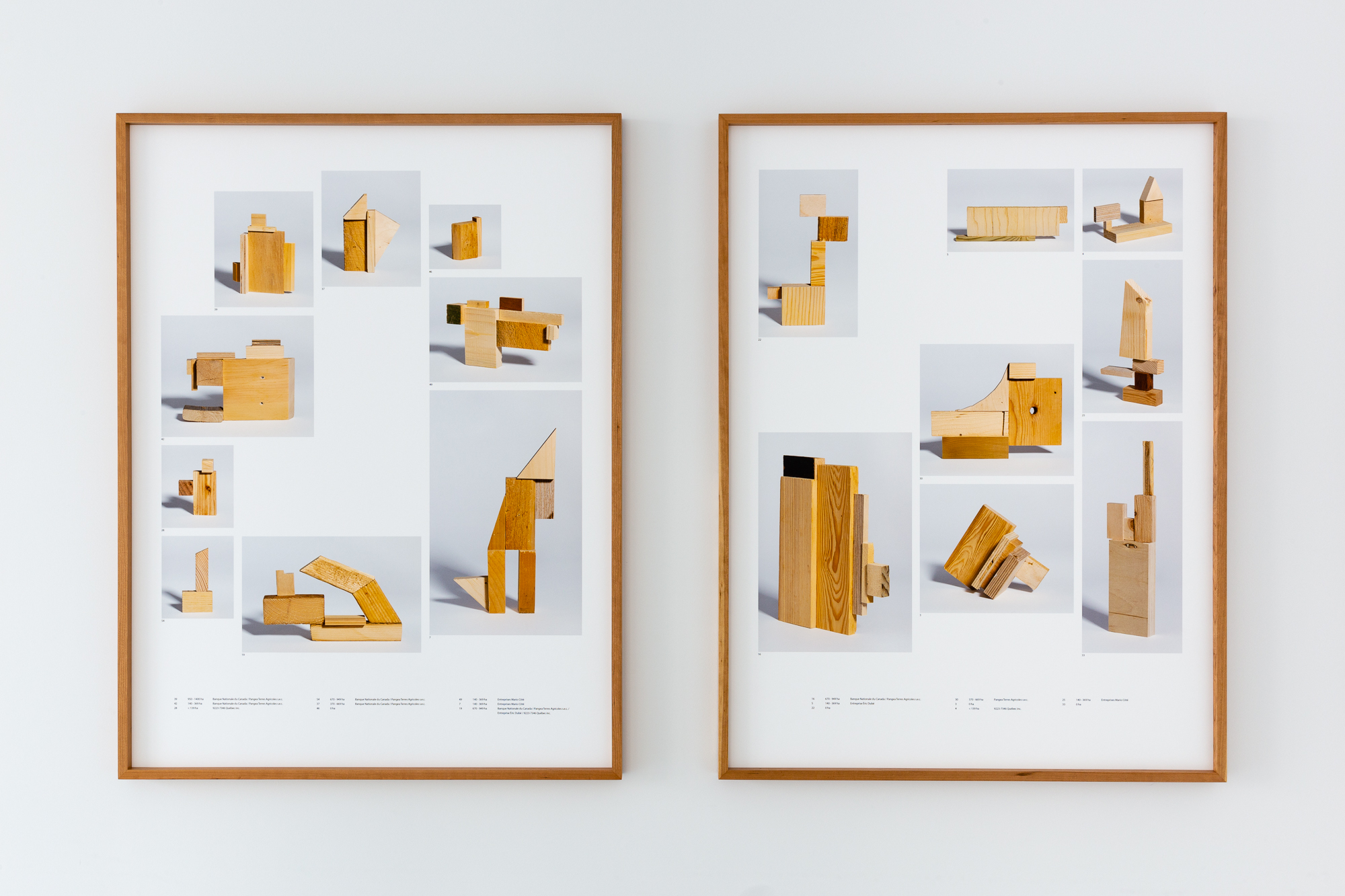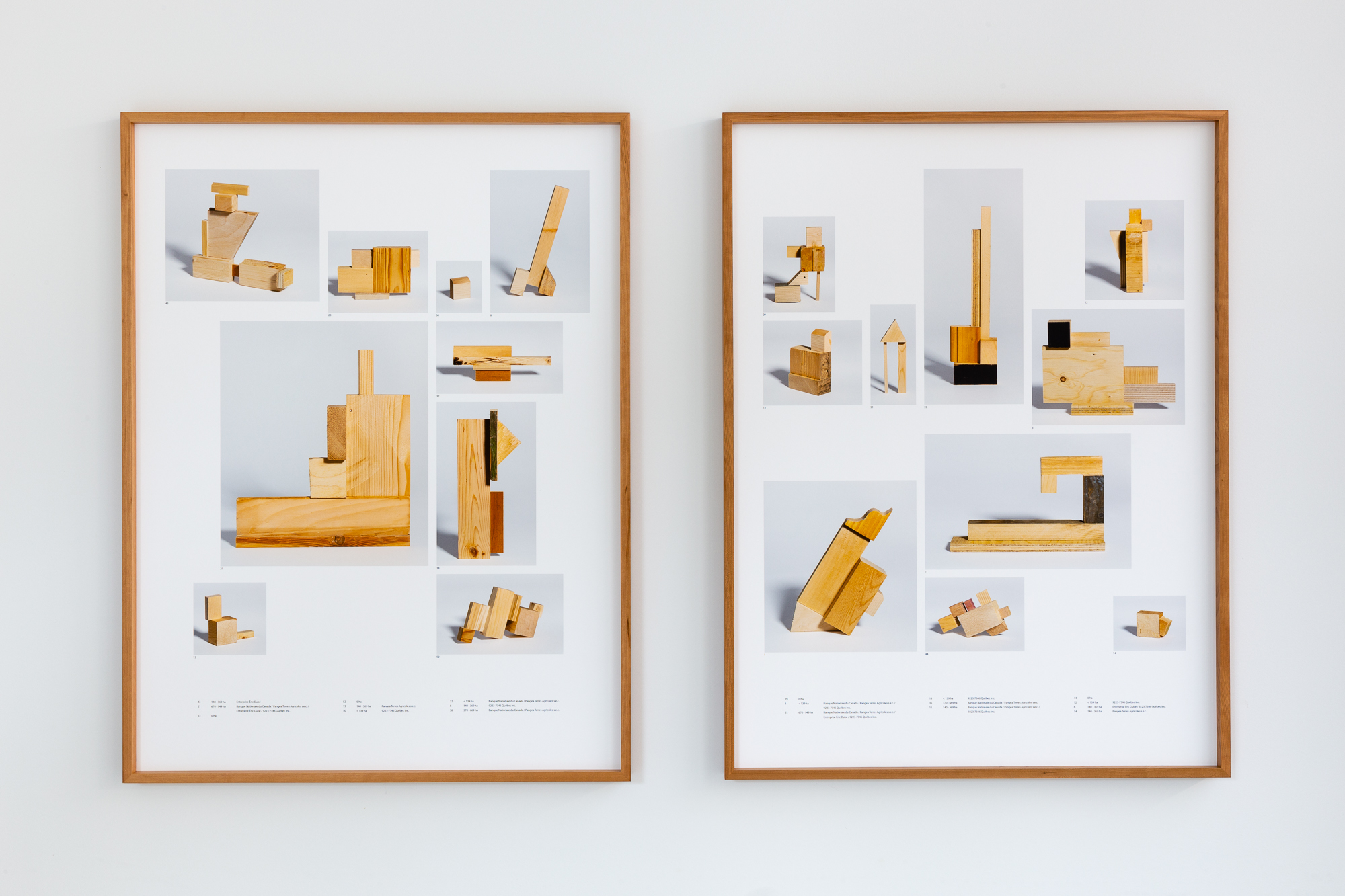Hectares of land acquired by speculators in areas zoned for agriculture in 54 municipalities in Quebec between 2009 and 2014 (2020)
For centuries, there has been much effort dedicated to preventing the privatisation of land by surrounding it with customs, regulations, the creation of protected areas, and so on. In this respect land is different from other resources, such as corn or diamonds. The spectrum of what land is cannot be captured if it is defined narrowly, as ownable property.
Since 2008, there has been an increase in the area of farmland acquired globally by private equity funds, pension funds, hedge funds and other institutional investors, domestic and foreign, for large-scale corporate agriculture and speculation. The immediate cause of this 'land grab' was the market crash of the same year that brought investors to look for safe places to store their money. A secondary cause was the spike in food prices in 2007-2008 that led importing countries to consider ways to by-pass global food markets by engaging directly in food production.
Sometimes investors directly operate the land or lease it to farmers who operate it for them, and reward their capital by selling agricultural products. In other circumstances, investors bet on the scarcity of land and hope its value will increase over time. Finally, some investors are merely interested in moving their money from volatile markets into land as a class asset that can guarantee a diversification of their portfolio.
Investors make a bet today that more value will be generated tomorrow and that a minimum amount of profit will continue to flow in their coffers. Uncertainty must be minimized with respect to productivity and quality, which leads to a variety of strategies, including firm concentration, rent-seeking, monoculture, flex crops and cash-crops, and vertical integration. The impact of these strategies lead to an increase in the cost of land, reduction of the number of farms, loss of crop diversity and biodiversity, export-oriented chains, possible monopsony and the associated risks for local food sovereignty. These pressures add to the constraints already imposed by the corporate food regime on family farms.
Le nombre d’hectares de terre en zone agricole acquis par des spéculateurs dans 54 municipalités du Québec entre 2009 et 2014 consists of six photographic compositions which present the area of agricultural land acquired by financial actors in fifty-four municipalities over a five-year period in one region of Quebec. Created to scale, each of the wooden assemblages in the images represent the contours of one municipality. During that time, five companies, all based in Quebec, purchased a total of 2,701 hectares in this region. Over the same period, the 15 most active financial groups purchased over 27,000 hectares of agricultural land in the province.
Le nombre d’hectares de terre en zone agricole acquis par des spéculateurs dans 54 municipalités du Québec entre 2009 et 2014, 2020, series of 6 digital prints. Installation view, Grantham Foundation for the Arts and the Environment, Saint-Edmond-de-Grantham, Quebec.







